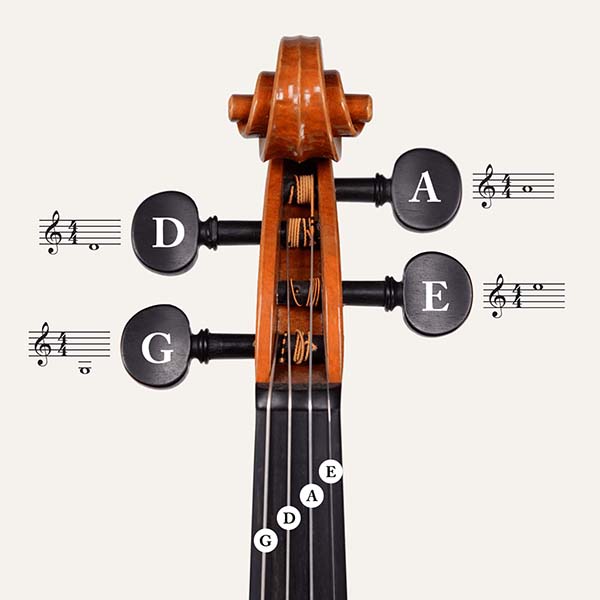Video Tutorial
Resurrecting a Fallen Bridge
When you tune your strings, the tension may pull the bridge forward towards the fingerboard. If left at an improper angle, the bridge could warp or bend, breaking in two eventually, or it may fall over.
If your bridge breaks or warps, you'll obviously need to buy a new one. However, if it falls over, here are some steps you can take to rectify the problem.
- Find a stable working surface and cover the surface with a soft towel.
- Lie your violin on the towel, fingerboard facing up.
- Determine the G-string and E-string side of your bridge with a ruler or measuring tape. The lower measurement is where the E-string will sit, and the higher is for the G-string.
- Loosen the violin strings slightly to allow accommodation for the bridge.
- Place the bridge under the strings at a horizontal angle, then slowly and gently move the bridge into vertical position with your thumbs and first fingers, using both hands.
- Make sure the strings fall into the proper grooves on the bridge.
- Sit the feet of the bridge parallel to the little inner lines of the f-holes.
- Consistently check the angle of the bridge.
- Before tuning each string, set the bridge at a slightly backwards angle pointing towards the tailpiece to allow for the strings pulling the bridge forward again.
- Tune each string one at a time, starting with the middle strings (D and A) for more stability.
- Once tuned, check the angle of the bridge again. Every time you use the pegs to tune, the bridge will need to be assessed.
Watch Fiddlerman demonstrate the steps below.







